5 User Acquisition Strategies For Your B2B Startup
Customer acquisition is something every business loves. Doesn’t matter if you are a giant like Facebook and Uber or an early stage startup working in a garage serving team members with ramen noodles. There are thousands of blog posts, ebooks and training courses to make you learn how to get new customers, how to generate those b2b leads and how to drive new customers out of existing ones. However, every marketing hack won’t work for your business
Actually, most marketing hacks won’t work for your startup.
In this post, I have tried to be as precise as possible to define 5 customer acquisition strategies that work for different types of B2B startups. All of them will definitely not be valid for your business, however, a handful of them will do really well to take your business to the next level.
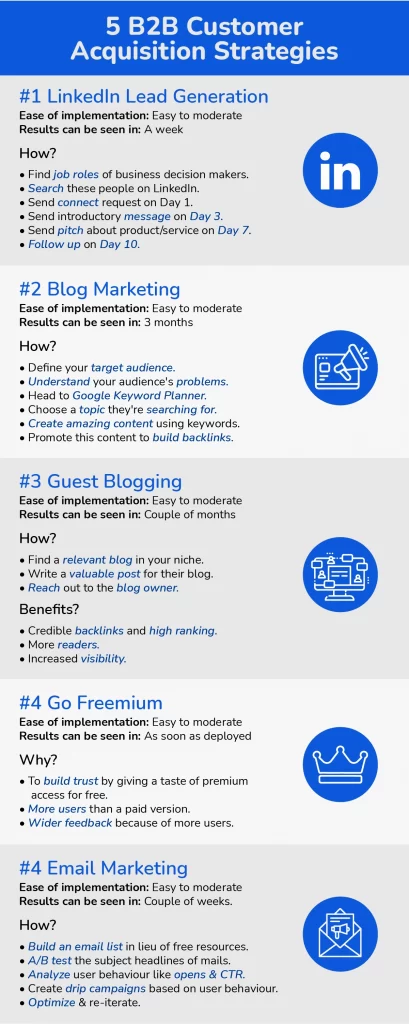
Embed this infographic by pasting the code
<p><strong>User Acquisition (B2B) Infographic By MarketingMasala.com.</strong><br /><br /><a href=’https://www.marketingmasala.com/user-acquisition-b2b-startup/‘><img src=’https://www.marketingmasala.com/wp-content/uploads/2016/07/User-Acquisition-B2B-Startups.png‘ alt=’User-Acquisition-B2B-Startups’ width=’1600px’ border=’0′ /></a></p>
#1 LinkedIn Lead Generation
Best for: B2B companies selling a product or service to another company whose executives have a LinkedIn presence.
Ease of implementation: Easy to moderate level.
Results can be seen in: Less than a week if done correctly.
Believe it or not, a strong LinkedIn lead generation strategy can do wonders for your startup. I’ve met so many startup founders (especially CTO’s) underestimating the power of this network and treating LinkedIn messaging & InMails as spam.
Here is how to do it the right way:
- You probably understand your target audience. If you don’t, build a customer persona to understand which type of B2B targets you want to get to. Narrow down your research by gaining clarity on aspects like the size of the company you want to sell to, the geography of the company, decision makers of the company who will buy your product/service and the job roles of these decision makers.
- Once you have a list of companies and job roles you want to target, head over to LinkedIn (better if you get a LinkedIn premium account). At the top search bar write “JOB ROLE at COMPANY NAME” or “JOB ROLE COUNTRY/CITY NAME”. Here is how I would search for marketing directors at all big hotels in the United Kingdom.
- Once, you have a list of potential targets, follow this process- send them a connect request on day 1, send a message introducing yourself on LinkedIn mail on day 3 to all those who connected (no sales message), send a pitch about your product or service in a conversational tone on day 7 and followup on day 10 if needed. Record everything in a process chart. Here is how we at Marketing Masala generate leads for B2B businesses
Using this strategy efficiently, we were able to loop in leads like Walt Disney for one of our clients based in Singapore.
#2 Blog marketing
Best for: B2B companies selling a product or service which is solving a problem that people are searching for on the internet.
Ease of implementation: Easy to moderate level.
Results can be seen in: At-least 3 months if you are starting from scratch. But the results are very powerful and will stay for life.

For those of you who don’t know this guy up here, let me introduce you to him. This is Neil Patel, founder of 2 marketing analytics software named Crazy Egg and Kissmetrics
Neil Patel is an excellent and out of the box digital marketer and growth hacker. He has helped companies like Amazon, Tech Crunch etc boost their growth with digital marketing.
One of the most important things his content marketing strategy includes is writing a blog that helps digital marketers – QuickSprout.com
How does writing a blog help Neil Patel?
Well, if I had two give you one word, that would be “credibility”. Other than engaging thousands of marketers from across the globe, Neil’s blog gets him thousands of leads as well as he is able to prove his credibility and knowledge via his blog.
The other thing that his blog does for him is “rank higher in search engines”. When people are looking for digital marketing solutions and search for something on the web (like social media marketing tips), Neil Patel’s strong blog presence ranks him in the top 10 results in Google and that builds more brand awareness.
How to make your company blog work for you?
I will discuss this in precise steps so that no matter what your product or service is, you are able to apply this easily :
- Understand the core problem you are solving and who are you solving it for. Say you are a website development firm building websites for local businesses
- Understand the person you want to reach out with your blog. In the above case, you want to reach out to the owner of that local business (who you want to get interested in building a website by you)
- What does this person search for on the internet when he thinks about building a site for his business? Some topics would be “why to build a website for your local business” “how to build a site for your local business” “how to get customers for your local business from your website”. This and many other queries can be thought of
- Head over to adwords.google.com and open the Google Keyword Planner. Add all these queries there and see how many people are actually searching for it
5. Aha! Now you have topics that you can write about.
6. The next step is to build links to these blog posts so that they rank higher in search engines. For this, commenting on other similar blogs with genuine answers and a link to your post, start answering questions on Quora and Yahoo with links to your posts and begin approaching other bloggers who write about similar topics and pitch them to include a link to your post in their blog posts wherever relevant.
Although this approach takes time to show results, if you do this the right way and in a consistent fashion, this can lead to sustainable business and traffic to your website.
P.S That’s the exact reason why I write such detailed posts on our blog!
#3 Guest blogging on other websites
Best for: B2B companies selling a product or service to another company where the target audience is looking for solutions on the internet.
Ease of implementation: Easy to moderate level.
Results can be seen in: At least a couple of months if starting from scratch.
Before I even begin this topic, let me answer the question half of you have on your mind- what is guest posting?
Guest blogging/posting is nothing but writing on someone else’s blog about a topic that adds value to their blog and includes information about you (the guest author) and your business.
Here is a guest post our marketing rockstar Neil Patel wrote on Search Engine Journal
This is a perfect example of a guest blog post.
Now that we are clear on what guest posting is, let’s talk about how your B2B company can use it in the following simple steps
- Identify a pain point. Using the above example, find a topic that local businesses might be searching for, when setting up a website. Think of 2-3 such ideas.
- Find a blog that will be enriched by your content. Say in this case a blog that talks about helping local businesses market better. A perfect example of this is the blog: LocalSeoGuide.com
- Reach out to the blog owner via email (generally mentioned on their site) or their twitter handle. Here is how I would approach the owner of this blog mentioned above- Andrew
Subject: Hi Andrew! Loved your post on “how to do local SEO”
Hi Andrew,
Hope you are doing great.
My name is Shivankit and I just wanted to thank you for the amazing post on Local SEO that you wrote last week.
I have been an avid reader of your blog and love going through it a couple of times every week.
I also blog at XXX about how local businesses can design great websites and earn more business. I was wondering if you’d be interested in getting a post published by me about “How great website design can mean more business for local businesses”
I’d love to entertain any other ideas you have as well.
Keep up the good work!
Shivankit Arora
Marketing Head
XXX
How does guest blogging actually help?
- It gets links back to your site from this credible blog that you pitched to. More guest posts equal more backlinks and more backlinks equal higher rankings in the search engines.
- More visibility. You are seen as a much more credible person in your domain plus your visibility increases as the readers of this new blog that you posted on also get to know about you
#4 Freemium model of your product
Best for: B2B companies selling a product that will cost the client a recurring fee.
Ease of implementation: Easy to moderate level.
Results can be seen in: At least a couple of months if starting from scratch.
If you are still thinking what is freemium, it is just a version/part of your product that you give away for free for a limited or unlimited duration.
The world is full of freemium models but you need to understand which part you need to keep as free and which part needs to be paid.
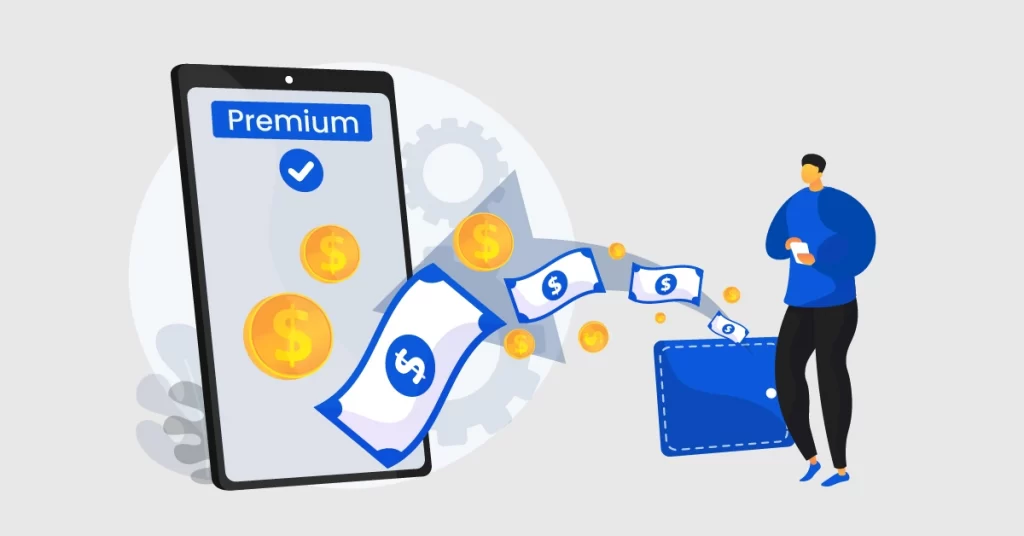
Why go freemium?
Summing it up in 2 words, “build trust”. When you are selling a B2B product and you know that it does all those beautiful things for your client, you need to understand that the client needs to take a demo for themselves in order to gain some hands-on experience and trust on your product.
Some freemium business model examples
- Buffer: Buffer is a social media scheduling service. You can connect your social profiles and schedule content. Their free model allows you to connect 3 social media channels at a time and schedule 10 posts per network. When a new person signs up, he can easily add his accounts and start scheduling. Once he builds that trust with Buffer’s service, he can easily upgrade to a higher version (for just $10 per month) and connect more accounts and schedule more posts.
- Kissmetrics: It is a marketing analytics tool that analyzes how customers and users are interacting with your website. It is for people who are already using google analytics but need deeper insights to make decisions on their marketing. Kissmetric’s free trial allows you to see and build trust with the product first before you want to make a decision to buy or not buy it.
#5 B2B Email marketing and automation
Best for: B2B companies where the decision maker (from the client side) is not active anywhere else (other than mail) including LinkedIn.
Ease of implementation: Moderate to difficult level
Results can be seen in: At least a couple of weeks if starting from scratch.
A lot has been written already about email marketing strategy, email marketing best practices etc. However, what you really need to understand is how to set up a workflow of approaching potential leads and getting them in your sales funnel.
Some of the great tools that will help you get started on email marketing include Mailchimp and Aweber.
Personally, I love Mailchimp and here is how I would use it to generate more leads:
- Use LinkedIn/company websites to scrape email ids of executives who are my potential leads. This might take some manual effort but it is worth your time. An even better way is to get someone from Fiverr.com to get it done for you in just $5
- Decide on a workflow. Say we talk about a software development company that builds software for investment banks. Now to approach the technology heads of such companies, I would use this
Day 1 – Short email about my services and asking for a call- Day 3 Followup if they didn’t open the mail- Followup on day 5 if they opened but did not reply - All this can be set up using email marketing tools in an automated fashion so you can just care about results.
Want to take your business to the next level? Enroll for free growth hacking course and become an expert growth marketer. Enroll Now!
These were my favourite customer acquisition strategies for B2B clients. If you are interested in getting more leads for your business, don’t hesitate to write to us at contact@marketingmasala.com.
What are your marketing hacks to get more clients?

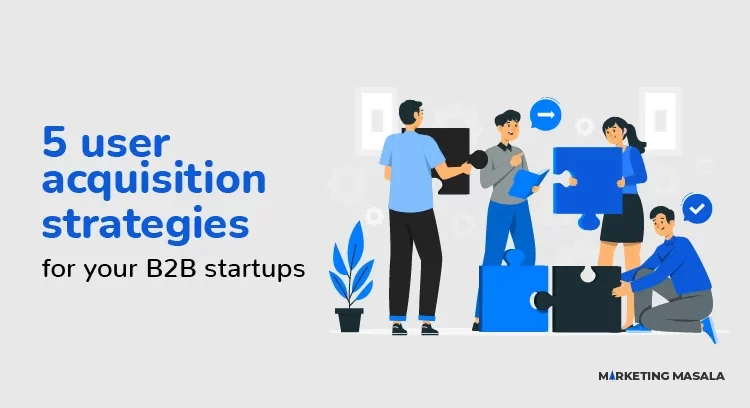
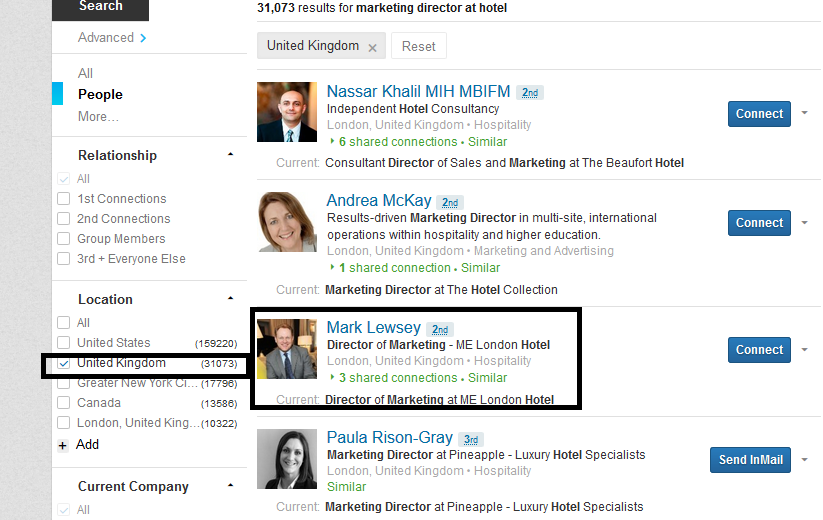
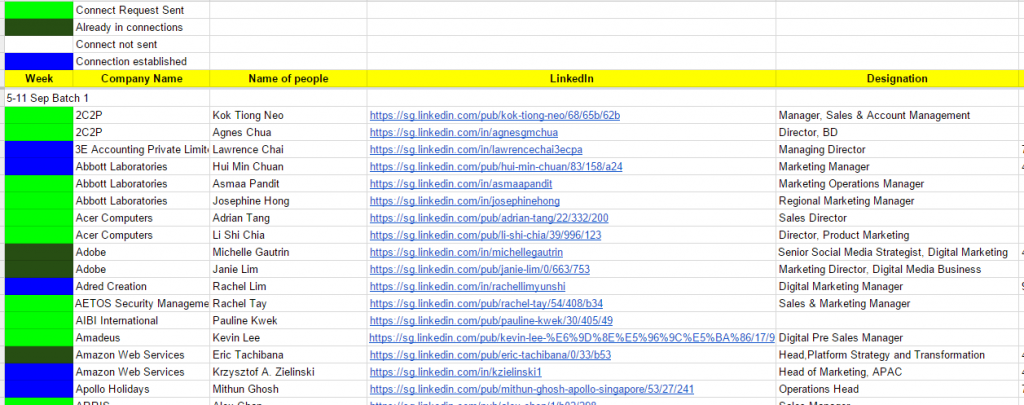

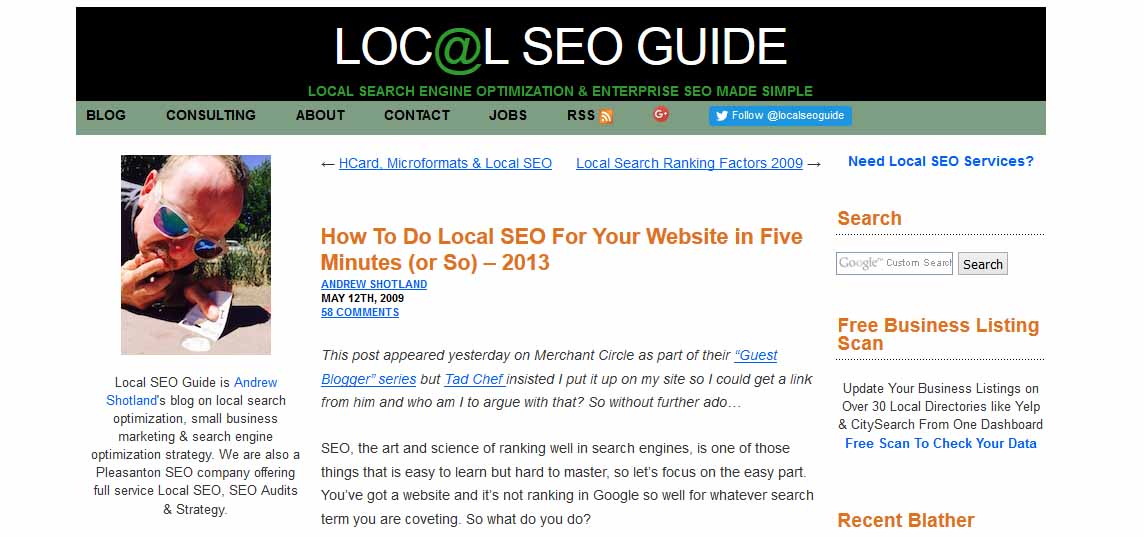

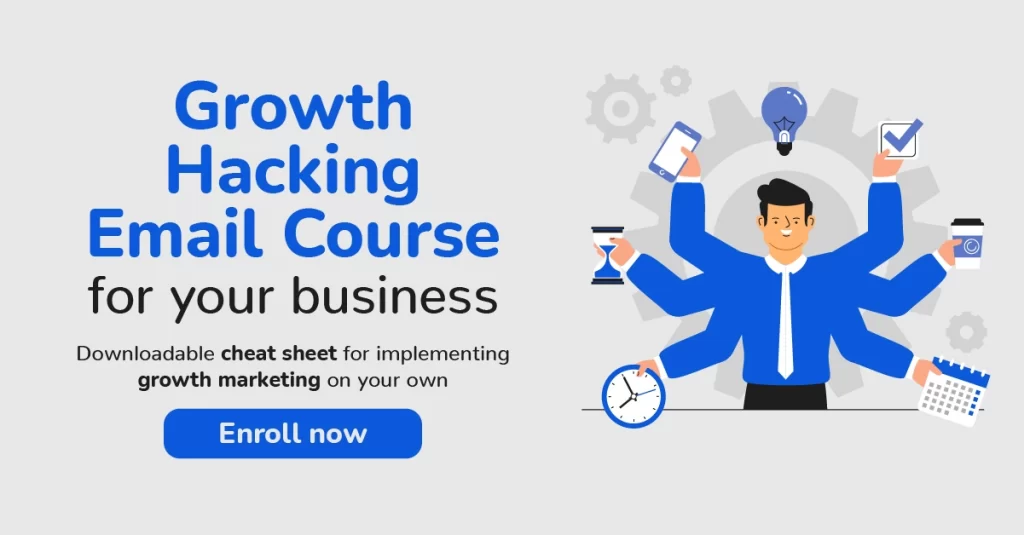

Write a Comment